Basic Techniques in Decorative Ceramic Modeling
Course final project
A course by Kiara Hayashida , Ceramicist and Sculptor
Joined October 2020
About the final project for: Basic Techniques in Decorative Ceramic Modeling
Basic Techniques in Decorative Ceramic Modeling
“We have reached the end of the course, I hope you had as much fun as I did. Now it's your turn to create a unique piece with inlays applying the techniques and tips learned throughout the course. Before starting to make your piece, do not forget to always take into account what type of clay you will be using. Whether low or high temperature or air drying, it is important to be able to use the materials (low or high temperature enamels or paints) and to be able to carry out the correct processes (burning or drying). Please do not stop sharing your final project and its process, I share an example of how I would like to see your final project: Looking for the idea Think about what you want to create, once you know the type of piece you want to make, then do a reference search. With your references in hand, draw up the sketch of your composition. Also, this will be a good time to think about what materials, tools and techniques you want to use.
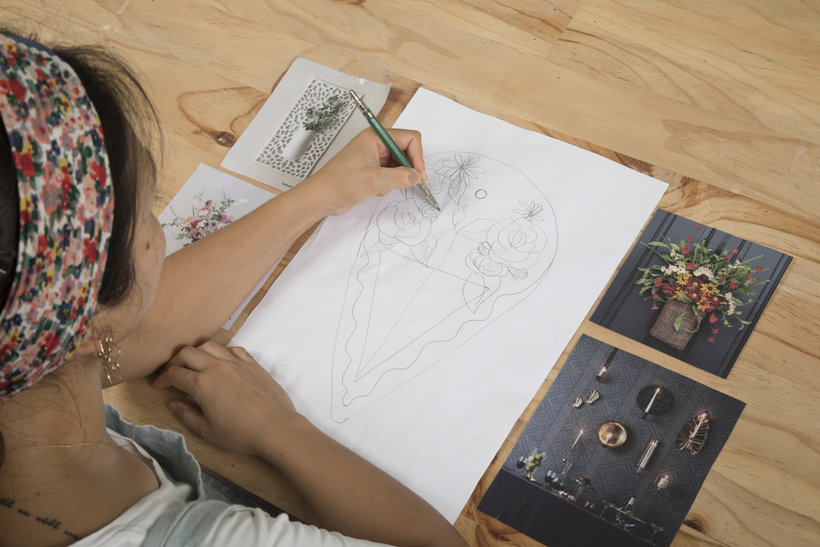
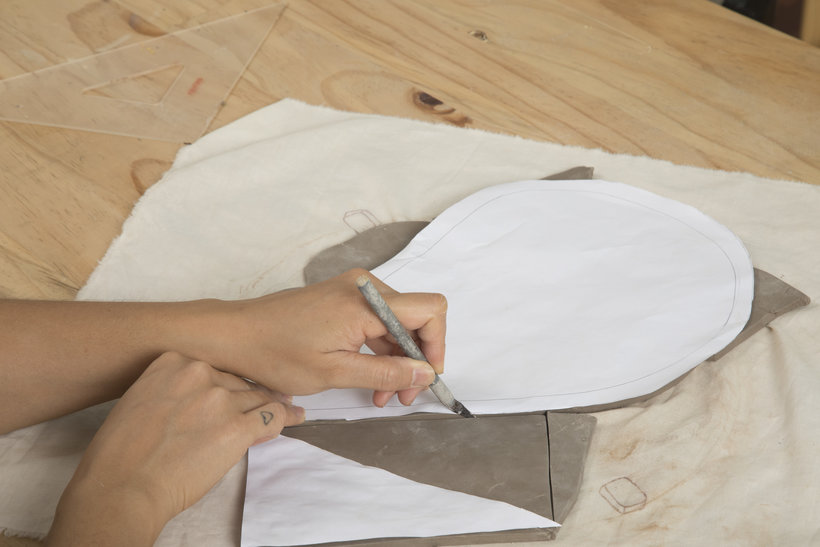


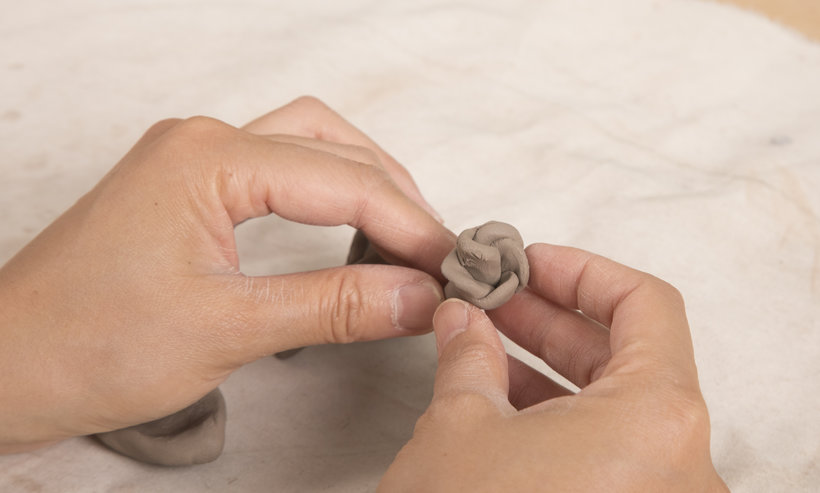



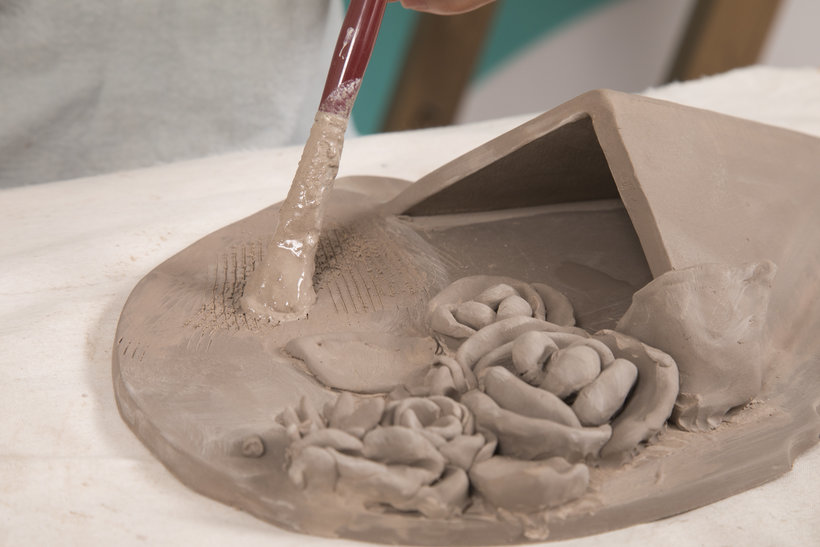

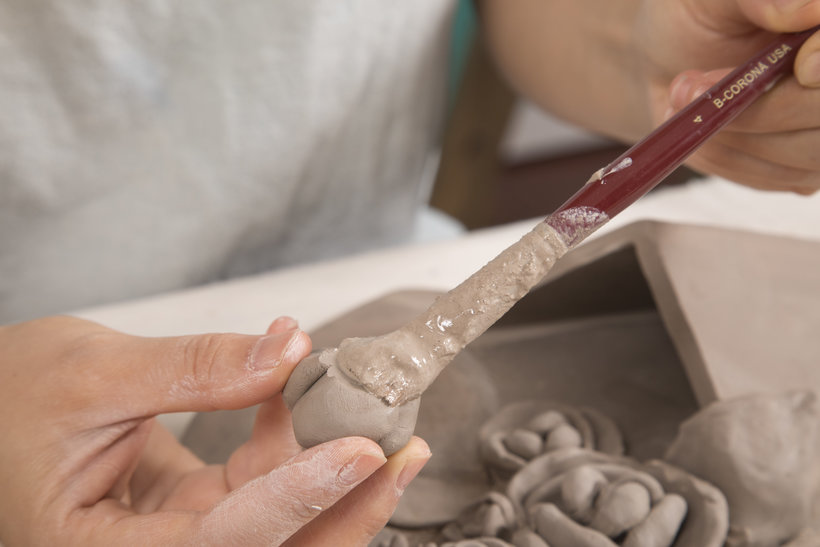
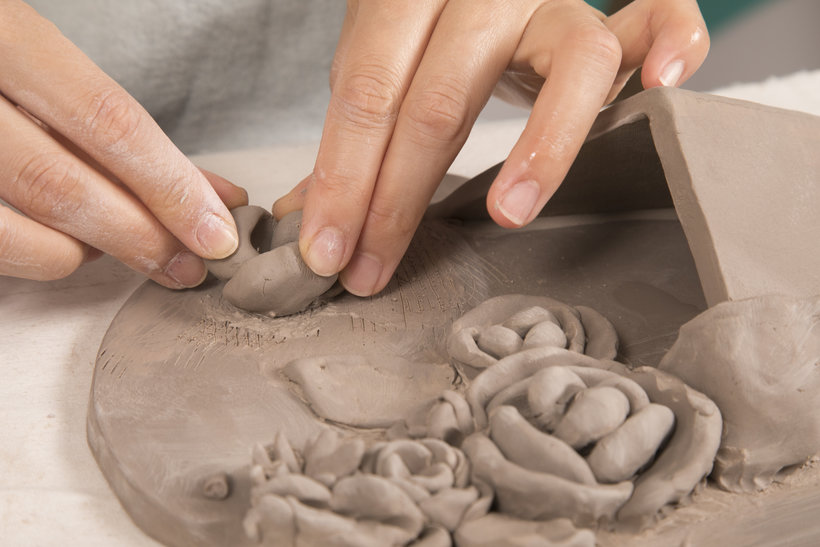
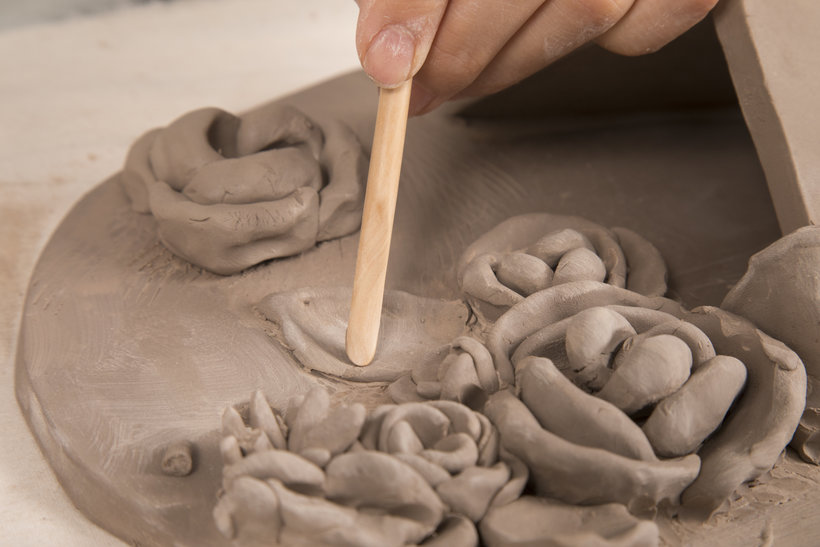




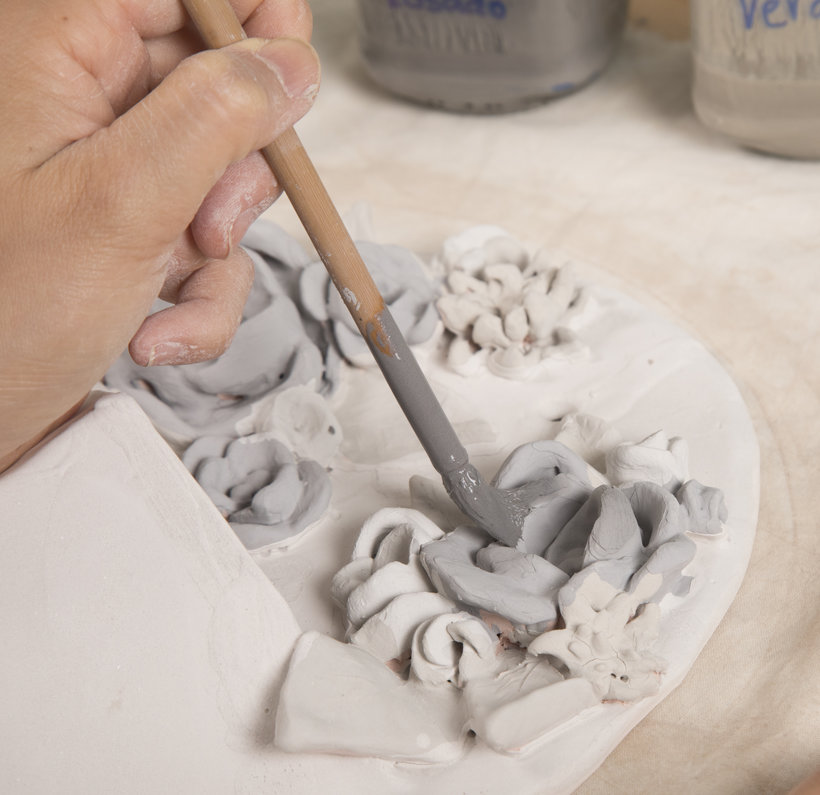
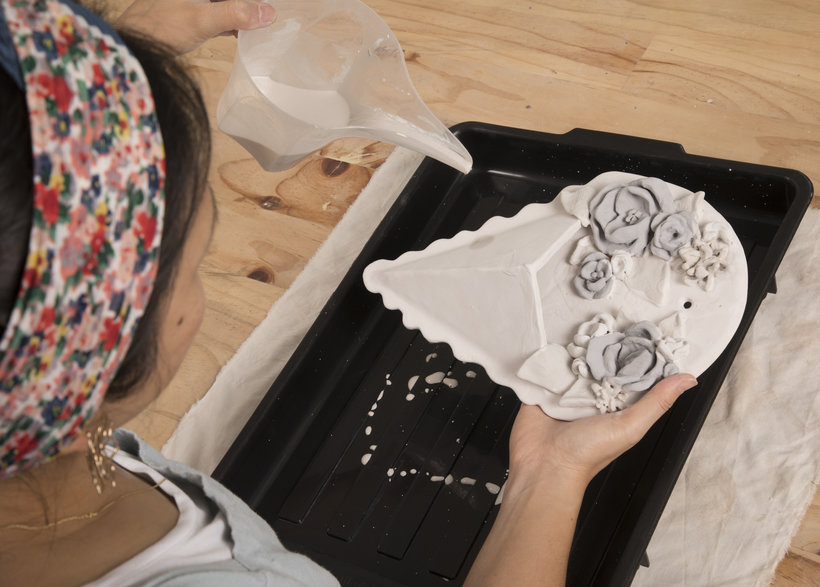
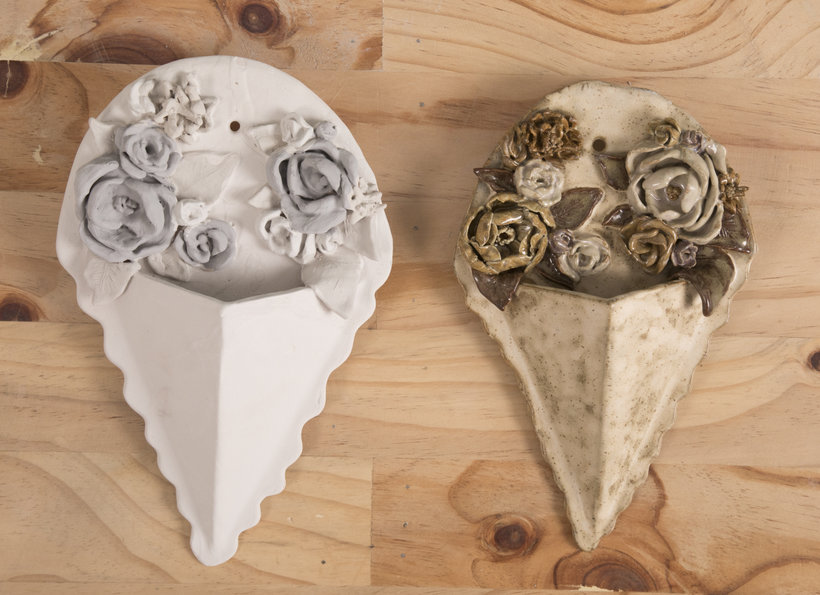
Partial transcription of the video
“Final project We reached the final part of the course. Now it's your turn to create an inlaid piece applying the techniques and tips learned in the course. Before saying goodbye I will give you some recommendations. Do not forget to take into account what type of paste you are using, whether low, high temperature or air drying, it is important to use the appropriate materials and do the correct processes. Keep in mind that you must use the slip to join your pieces and make sure with a stake that they are well joined. Remember that the drying of the pieces is vital as well as the tempering o...”
This transcript is automatically generated, so it may contain mistakes.
Course summary for: Basic Techniques in Decorative Ceramic Modeling
-
Category
Craft -
Areas
Accessory Design, Arts & Crafts, Ceramics, Fine Arts

Kiara Hayashida
A course by Kiara Hayashida
Originally from Lima, Peru, Kiara Hayashida discovered ceramics while in search of new creative outlets. She began her fascinating journey with this artistic medium and in 2015 she founded Kiara Hayashida Ceramics (KHC).
Her pieces seek to enhance our perception of the day-to-day and provide an alternative to mass-produced objects. Perceiving volume, analyzing the texture of the glazes, and observing the imprints left by this creative process are unique experiences that you can only find with hand-made pieces.
- 100% positive reviews (26)
- 956 students
- 14 lessons (1h 18m)
- 25 additional resources (9 files)
- Online and at your own pace
- Available on the app
- Audio: Spanish
- Spanish · English · Portuguese · German · French · Italian · Polish · Dutch · Turkish · Romanian · Indonesian
- Level: Beginner
- Unlimited access forever
Category
Areas




